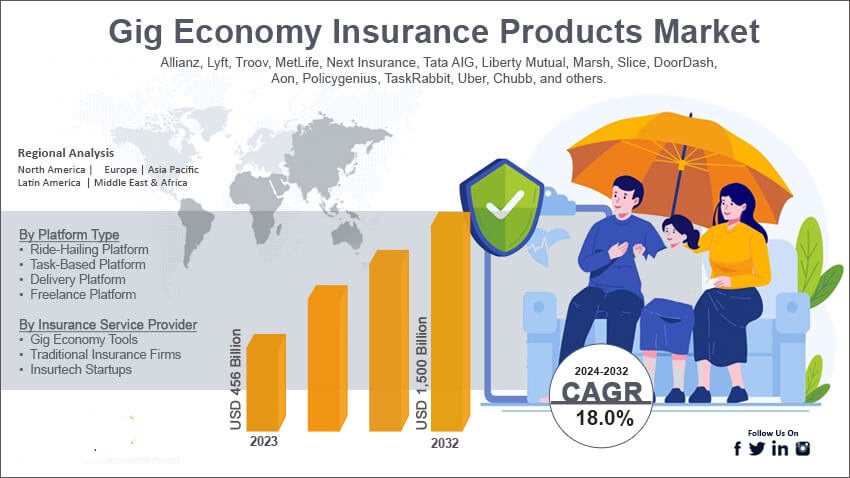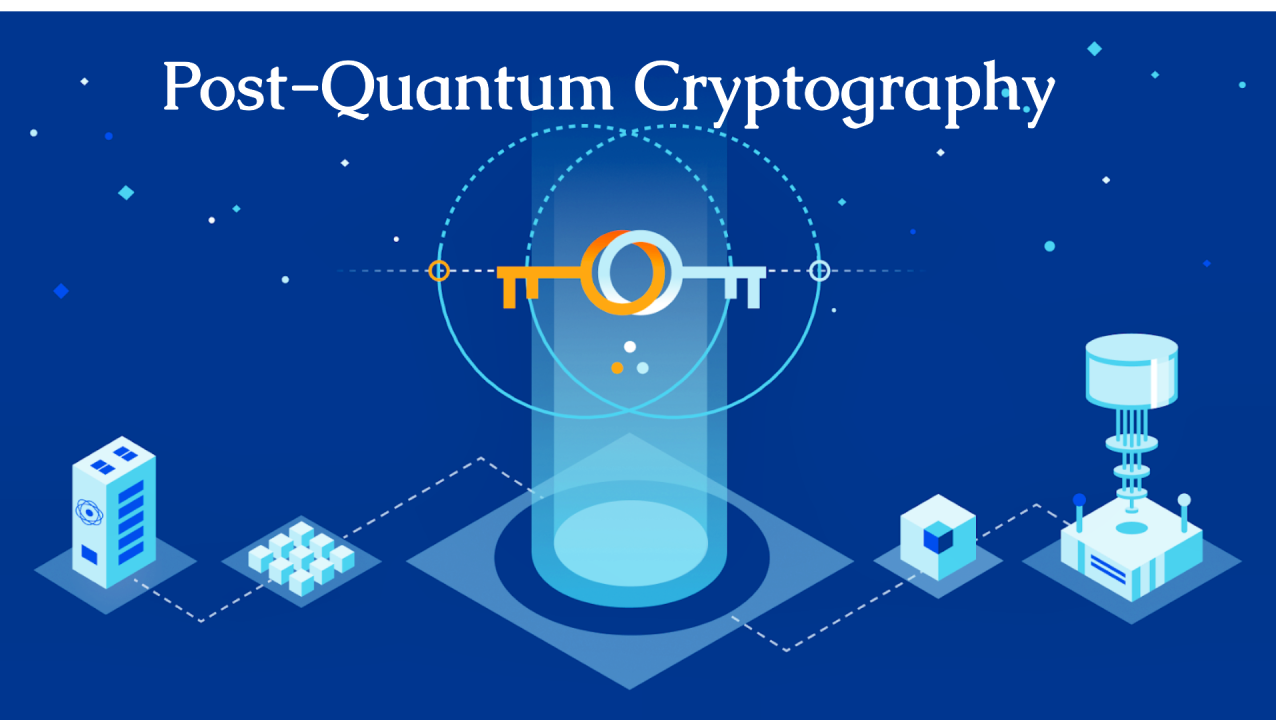As quantum computing inches toward practical capability, today’s encryption standards—RSA, ECC, and DH—are at risk. The concept of “harvest now, decrypt later” means adversaries may already be capturing encrypted data today, planning to decrypt it once quantum computers become powerful enough. In 2025, the world is shifting from theory to implementation of post‑quantum cryptography (PQC) to thwart this imminent threat.
The National Institute of Standards and Technology (NIST) has finalized key PQC standards, while governments and companies worldwide have begun integrating these algorithms across software, hardware, and infrastructure. But deployment is complex, costly, and urgent.
In this guide, we explore PQC standards, global deployment deadlines, technical challenges, and what organizations must do now to survive the quantum leap.
1. The NIST PQC Standards: Foundation of Quantum‑Safe Encryption
In August 2024, NIST published its first finalized PQC standards:
- CRYSTALS‑Kyber (ML‑KEM, FIPS 203) for key encapsulation
- CRYSTALS‑Dilithium (ML‑DSA, FIPS 204) for digital signatures
- SPHINCS+ (SLH‑DSA, FIPS 205) as a stateless backup signature option silicontrust.org+3PostQuantum.com+3IBM Research+3The Wall Street Journal+3Forbes+3IBM Research+3Wikipedia+12NIST+12PostQuantum.com+12
In March 2025, NIST added HQC as a fifth backup KEM algorithm, based on error‑correcting codes, with the full standard expected by 2027 Wikipedia+2NIST+2SecurityWeek+2.
NIST also specifies security levels (Level 1 through Level 5) corresponding to resistance analogous to AES‑128 through AES‑256. Implementers are advised to use hybrid schemes during migration for seamless fallbacks Online Hash Crack.
2. Why Migration Matters Now
Even though practical quantum computers capable of breaking RSA or ECC are not yet here, attackers can already capture encrypted traffic to crack later. NIST warns past migrations took decades. PQC migration is far more disruptive—it demands reengineering protocols, devices, and networks. Delaying risks exposing sensitive data long into the future IBM ResearchForbes.
3. Global Regulatory and Compliance Trends
U.S. Federal Mandates
- The Quantum Computing Cybersecurity Preparedness Act requires federal agencies to inventory vulnerable cryptosystems and migrate by 2035, with NIST and OMB enforcement guidance expected in 2025 The Quantum Space+2Forbes+2IBM Research+2.
- The NSA’s CNSA Suite 2.0 moves toward quantum-resistant algorithms in national security systems, enforcing early migration IBM Research+3Wikipedia+3Forbes+3.
European Roadmap
- In June 2025, the European Commission issued a roadmap requiring EU member states to start PQC migration by end‑2026, with critical infrastructure transition complete by 2030 digital-strategy.ec.europa.eu.
- The Digital Operational Resilience Act (DORA) embeds cryptographic risk management mandates for financial sectors in Europe quantumcanary.org.
Other Global Initiatives
- The UK’s NCSC recommends large organizations phase system upgrades: essential by 2028, full by 2035 theguardian.com.
- The World Economic Forum and others facilitate PQC adoption toolkits and international coordination The Quantum Space.
- Countries like China, Singapore, and Germany are funding national PQC initiatives with industry collaboration The Quantum Space.
4. Adoption by Industry and Tech Leaders
Major tech firms are leading early adoption:
- Cloudflare will integrate PQC across all IP protocols in its Zero Trust suite by mid‑2025—making advanced cryptography freely available to customers barrons.com.
- IBM is embedding PQC across its quantum platform and open-source stack; Google, Apple, and Zoom already support hybrid Kyber implementations in Chrome, iMessage, and meeting applications IBM Research.
- Financial institutions like LGT Financial Services and NXP Semiconductors are testing PQC integration in mobile and communication systems for production deployment in 2025 The Wall Street Journal.
In aerospace and telecom, research shows that Kyber and Dilithium outperform RSA/ECDSA in hardware-accelerated environments like AVX2 or constrained environments, making real-world telecom rollout feasible arXiv+1PostQuantum.com+1.
Pioneers like SEALSQ and WISeKey deliver PQC solutions for IoT and embedded systems using CRYSTALS-Kyber, enabling quantum-safe PKI in factory and infrastructure deployments Reddit.
5. Technical and Operational Challenges
Legacy Device Constraints
Devices like smart meters (~38 million in UK alone) often lack computing power for heavyweight PQC algorithms. Upgrading via firmware updates is technically complex and costly but necessary for national compliance techradar.com.
Interoperability and Standard Divergence
Organizations face at least three different PQC timelines and compliance regimes (U.S., EU, NATO), creating friction when supporting cross‑standard communication. Analysts warn insurers may charge compliance premiums on mismatched crypto systems quantumcanary.org.
Performance Tradeoffs
Algorithms like SPHINCS+ have large signature sizes and slower speeds, making them unsuitable for constrained environments. HQC also demands more resources than Kyber, though it provides a math-diverse fallback PostQuantum.com.
6. Migration Strategy: Steps for Organizations
📦 Inventory Cryptographic Assets
Adopt a Cryptographic Bill of Materials (CBOM) to track where and how keys and algorithms are used across systems—critical for risk assessment and PQC readiness Forbes.
🏛 Assess and Prioritize Systems
Focus on systems handling long-lived data—medical, financial, government records—where “harvest now” risk is highest.
🔁 Implement Hybrid Encryption
Use hybrid schemes combining classical RSA/ECC with post‑quantum KEMs like Kyber for backwards compatibility and layered security.
🧪 Test Extensively
Run interoperability and performance tests in staging environments before rolling out to production. Validate firmware for IoT devices carefully.
📆 Follow Regulatory Timelines
Align internal deadlines with regulation: EU critical infrastructure by 2030, US federal systems by 2035, major migrations beginning well before.
7. Benefits of Proactive PQC Adoption
- Future‑proof security against quantum-era decryption threats
- Regulatory compliance avoids penalties and business interruption
- Competitive advantage for vendors marketing secure products
- Better insurance terms—cyber-insurers may offer premium discounts to PQC‑ready firms ForbesWikipediaquantumcanary.org
8. SEO Keywords & Content Strategy
Optimize your online content with:
- “Post quantum cryptography 2025”
- “NIST PQC standards Kyber Dilithium SPHINCS+”
- “How to migrate to quantum-safe encryption”
- “EU PQC roadmap 2025–2030”
- “Cloudflare post quantum encryption implementation”
Content ideas:
- “Why Kyber and Dilithium replaced RSA in 2025”
- “How to inventory cryptographic assets with a CBOM”
- “EU vs. U.S. PQC timelines: what multinational firms must know”
9. Looking Forward: The Roadmap to 2030
- FALCON standard (FIPS 206) expected late 2025 or early 2026 as a compact lattice-based signature option IBM ResearchWikipedia+2PostQuantum.com+2SecurityWeek+2.
- HQC standard finalized by 2027 will provide resilience if ML-KEM weaknesses emerge NIST.
- Critical infrastructure migrations: smart grids, healthcare systems, telecom and financial networks to be fully quantum-safe by 2030.
- Governments and enterprises will publish PQC roadmaps; major banks predicted to publish theirs in 2025 thetimes.co.uk.
🔚 Conclusion: The Quantum‑Safe Imperative
Post-quantum cryptography is no longer an academic concern—it’s a strategic security imperative. Organizations that act early by inventorying assets, testing hybrid encryption, and following standards like those from NIST, the EU, and NSA will be well-positioned for the quantum era.
Delaying PQC migration may lock systems into legacy vulnerabilities and expose sensitive data to future quantum adversaries. By 2025, adoption is underway—but the effort must accelerate. Quantum-resistant encryption is the new digital infrastructure.
🔍 FAQs: Post‑Quantum Cryptography 2025
Q1. What are the main PQC algorithms standardized?
NIST standardized CRYSTALS‑Kyber (ML‑KEM), CRYSTALS‑Dilithium (ML‑DSA), SPHINCS+ (SLH‑DSA), and selected HQC as a backup for encryption key exchange PostQuantum.comNISTNIST.
Q2. Why are organizations migrating now?
To avoid “harvest now, decrypt later” attacks and meet future government/regulator mandates—even if quantum computers aren’t yet available.
Q3. What is a cryptographic Bill of Materials (CBOM)?
A CBOM inventories all cryptographic components and dependencies across your systems, helping manage migration risk and compliance Forbes.
Q4. Is PQC already deployed?
Yes: Cloudflare, IBM, Google, Apple, Zoom, and several banks are testing or deploying PQC in their products/services barrons.comThe Wall Street JournalIBM Research.
Q5. When is full migration required?
Timelines vary: EU critical infrastructure by 2030, US federal agencies by 2035, while large organizations are advised to begin migration now to prepare.
Crypto Regulation 2025: Navigating a New Era of Digital Asset Governance



























